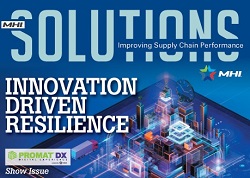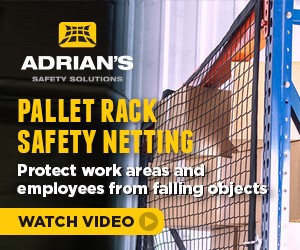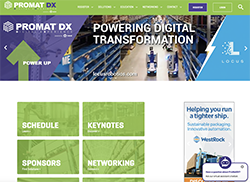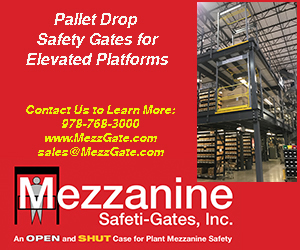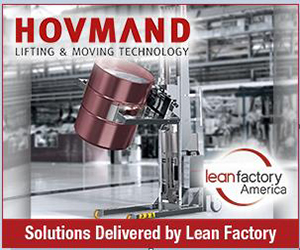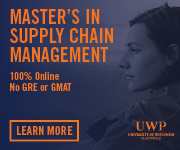Digital supply chain innovation has been the common theme over the last eight MHI Annual Industry Reports. However, the pandemic drove home the necessity of digital innovation as a core supply chain competency—and it has catapulted this opportunity to the top of CEOs’ agendas. For some, the pandemic served as a proof of concept for their digital investments as they weathered, and even thrived, amid the disruption. For others, COVID was a big wakeup call that they were caught behind the digital curve.
|
Autonomous navigation technology enables an automated vehicle to know where it is, navigate autonomously around its environment, and perform pre-defined actions (such as raising a lift truck’s forks). Whether this technology is inside an automated guided vehicle (AGV), an automated mobile robot (AMR) or an automated forklift (AGF), the principal is the same—but there are numerous types of navigation systems driving today’s automated vehicles.
ProMatDX will be held April 12-16 and will offer a Sneak Peek Week from April 5-9 where you can go to promatshow.com and plan your ProMatDX experience by adding sessions and product demos to your personal calendars, connecting with sponsors and setting up video meetings with selected solution providers. ProMatDX will be a full five-day event of insight and solutions, so you will want to prepare your time and catch the most beneficial education sessions, keynotes speakers and product demos tailored to your needs.
|
Majority of attendees are looking for automation and technology solutions to power up their supply chains. Top priorities are learning latest treads and finding supply chain solutions.
The Protective Guarding Manufacturers Association (ProGMA), an MHI industry group, published a new American National Standard outlining a test method for crash testing industrial guardrail barriers and posts. The new standard, ANSI MH31.2-2021, provides a test method of evaluating performance characteristics for industrial guardrail barriers and barrier posts.
In today’s corporate landscape, sustainability has fast developed into a necessary point of emphasis. Experts say a key ingredient to pursuing sustainability in a meaningful way is transparency in the supply chain, where much of a company’s environmental impact lies.
|
Over the span of a few days last March, COVID-19 created an urgent need for organizations of all kinds to communicate critical information to their employees. In the process, the pandemic forced leaders of organizations large and small to focus—many of them for the first time, perhaps—on internal communications, a function often relegated to a minor role compared to brand marketing and external-facing corporate communications.
|
Visibility is having awareness of process and product, wherever it may be performed or wherever it may be transported in the supply chain. Transparency adds another dimension as it is the sharing of that visibility, and being forthcoming about provenance and product and process and integrity. When companies and their suppliers share data, analyze it and act upon it to avoid disruptions, they become partners in building a more resilient supply chain. They embrace a more collaborative approach to anticipating and finding solutions for disruption.
|
Before the severe acute respiratory syndrome coronavirus 2 (SARS-CoV-2) virus was declared a pandemic by The World Health Organization on March 11, 2020, pharmaceutical companies and governments worldwide were already creating plans to develop, manufacture and distribute vaccines to the global population. The supply chain challenges were daunting. But, as it turns out, not insurmountable.
|
|

